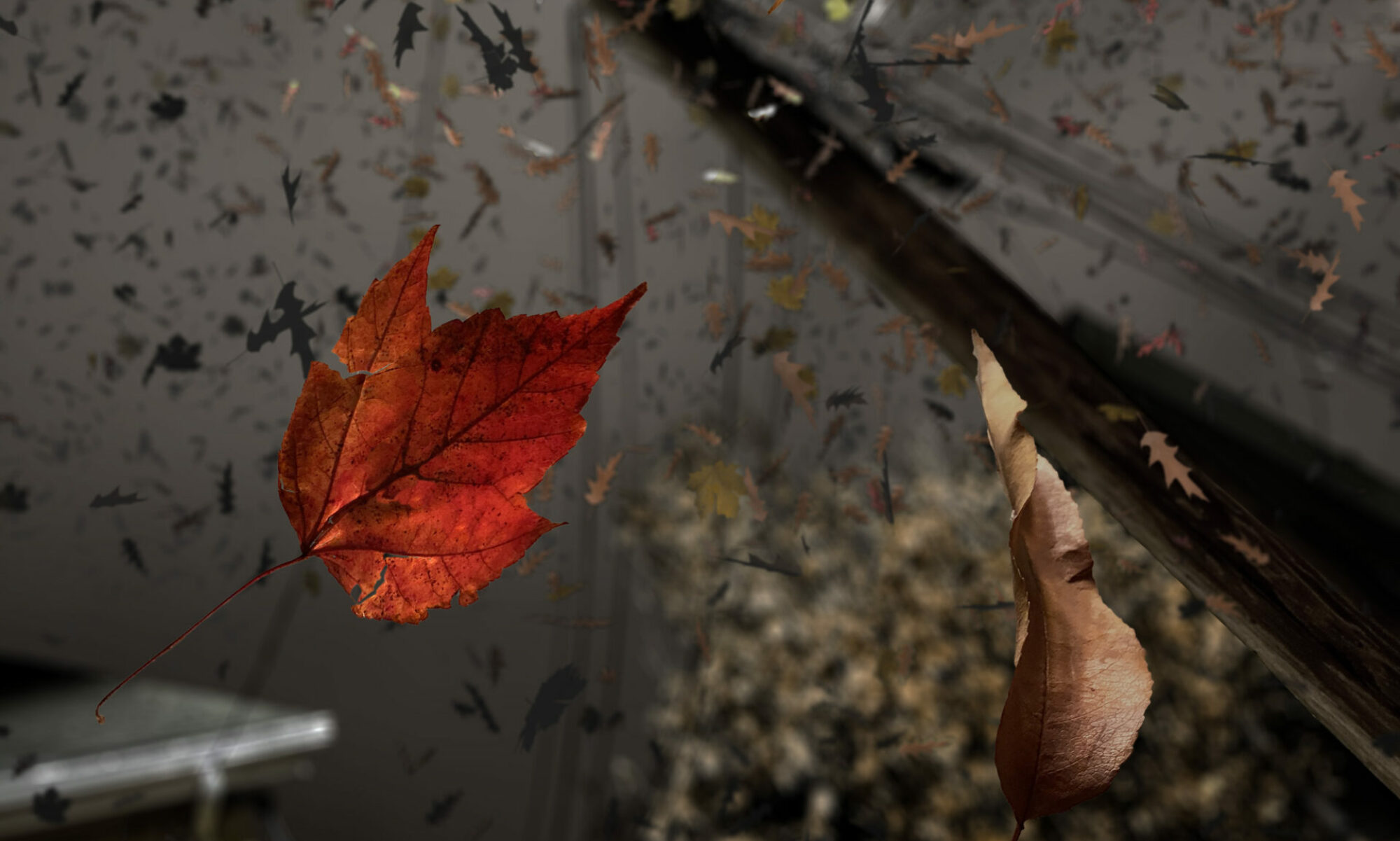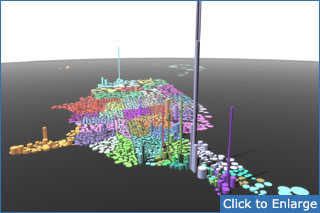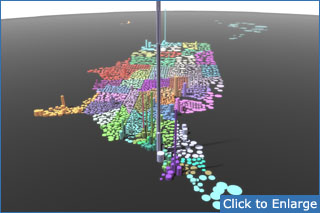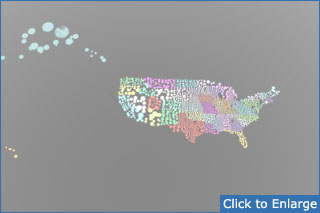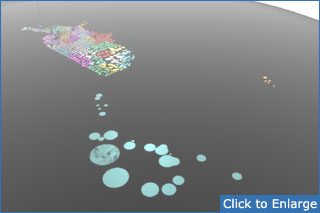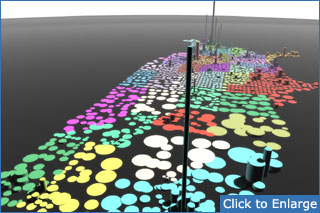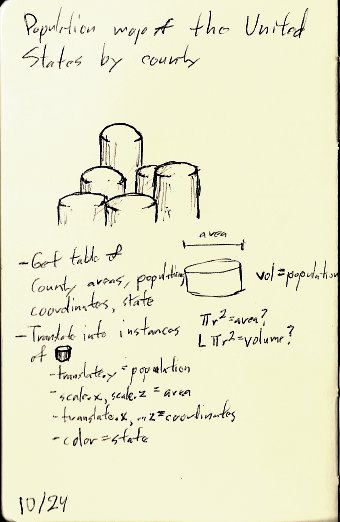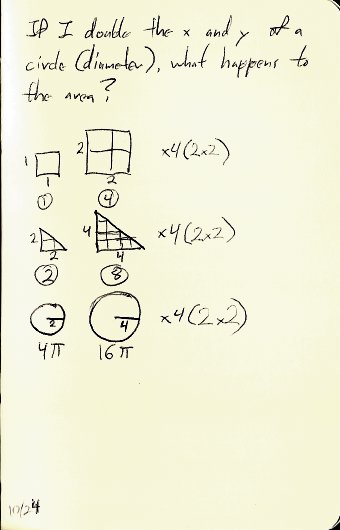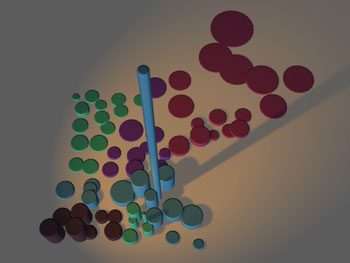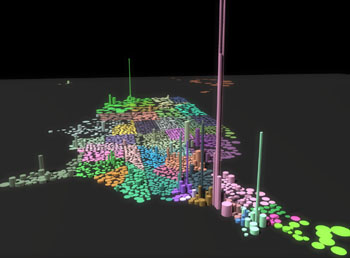Every large project, especially in computer graphics, involves certain long, tedious, repetitive tasks that would only be noticed in the finished product if absent. On Marboxian I nicknamed this type of work “housekeeping.”
In the case of the Population Map, the latest example is Puerto Rico. If given statehood, Puerto Rico would be our 27th largest state, falling between Kentucky and Oregon. It’s the only United States territory with a significant population — much less that of an average state — which is why I’ve chosen to include it — late — in the otherwise completed map.
The tedium comes from not having a .bna file for the 78 municipios of Puerto Rico, which I could use with my standard script to determine their geographic coordinates. Instead, I’ve had to manually enter each into the Open Street Map and copy their URLs to a table.
Next I’ll rewrite the script to break the URLs apart into decimal coordinates, but that’ll be brain work, comparatively.
In the meantime, there’s cookies to make.
